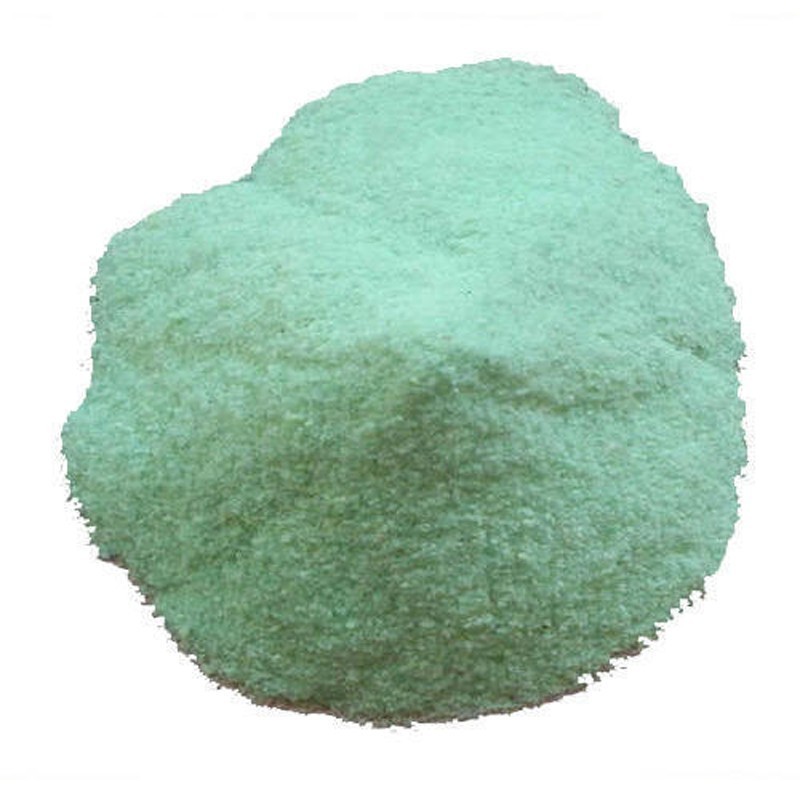Ferrous sulfate (or sulphate) is a medicine used to treat and prevent iron deficiency anaemia.
Iron helps the body to make healthy red blood cells, which carry oxygen around the body. Some things such as blood loss, pregnancy or too little iron in your diet can make your iron supply drop too low, leading to anaemia.
Ferrous sulfate comes as tablets, or as drops that you swallow.
There are modified-release tablets and capsules of ferrous sulfate, but they may not be absorbed as well.
It's available on prescription and to buy from pharmacies.
Ferrous sulfate may also be called by the brand names Feospan, Ferrograd, and Ironorm Drops.
Ferrous sulfate was used in the manufacture of inks, most notably iron gall ink, which was used from the middle ages until the end of the 18th century. Chemical tests made on the Lachish letters (c. 588–586 BCE) showed the possible presence of iron.[26] It is thought that oak galls and copperas may have been used in making the ink on those letters.[27] It also finds use in wool dyeing as a mordant. Harewood, a material used in marquetry and parquetry since the 17th century, is also made using ferrous sulfate.
Two different methods for the direct application of indigo dye were developed in England in the 18th century and remained in use well into the 19th century. One of these, known as china blue, involved iron(II) sulfate. After printing an insoluble form of indigo onto the fabric, the indigo was reduced to leuco-indigo in a sequence of baths of ferrous sulfate (with reoxidation to indigo in air between immersions). The china blue process could make sharp designs, but it could not produce the dark hues of other methods.
In the second half of the 1850s ferrous sulfate was used as a photographic developer for collodion process images.[

Login To Comment